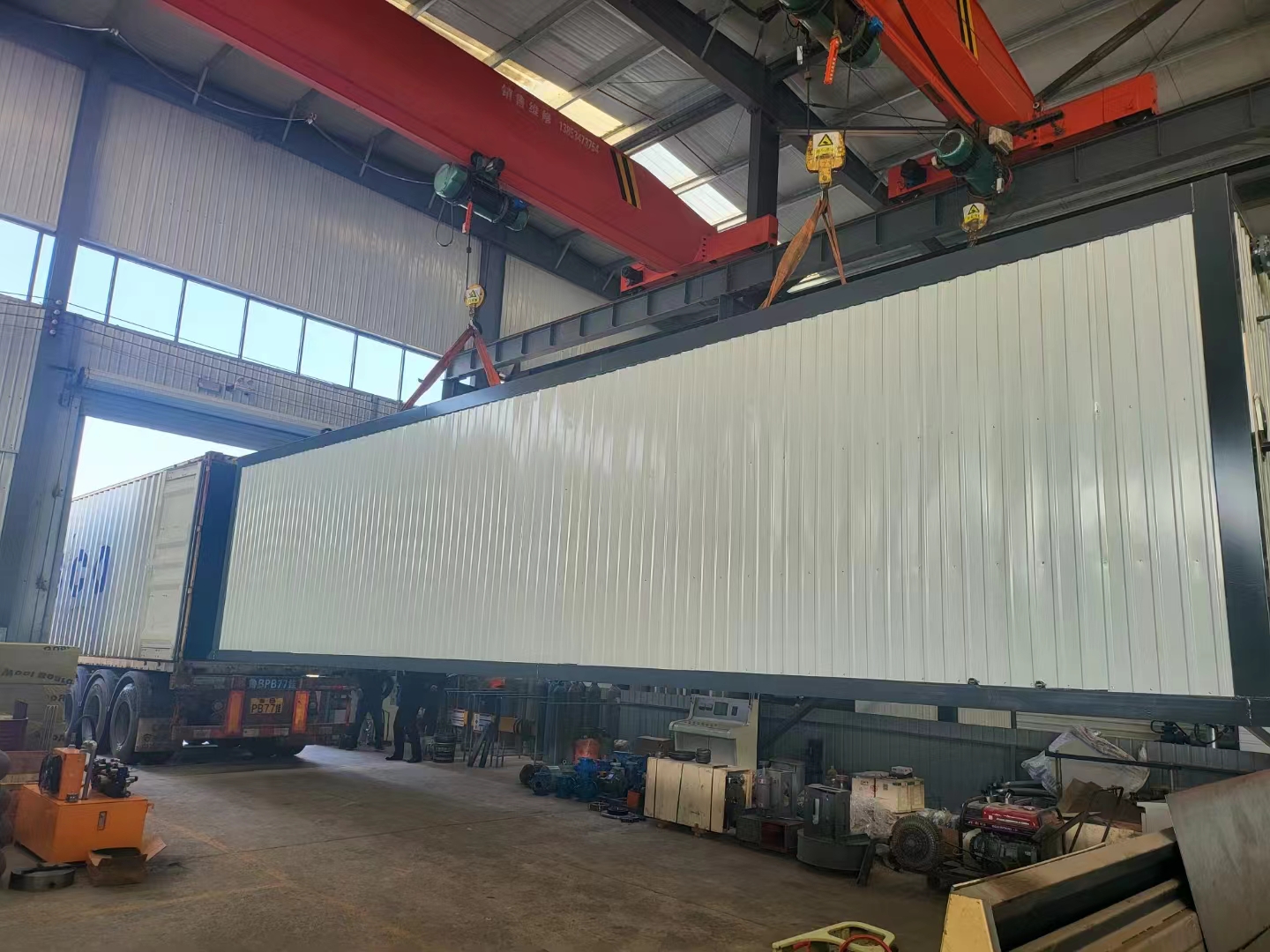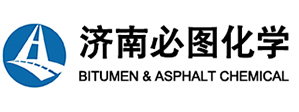- mike@bitumenchem.com
- +86 15066607710
- Tongfa Avenue, Changqing District,Jinan
Location: Home > News & Trends > Industry News
In the production process of rubber bitumen, by adjusting parameters such as temperature and time, its viscosity and strength can be effectively optimized to meet the needs of engineering applications.
First of all, temperature control is one of the key factors. In the production of rubber bitumen, the swelling temperature, grinding temperature and evaporation temperature all need to be strictly controlled. According to the reference information, the swelling temperature should be maintained at 165~175℃, the grinding temperature is about 175℃, and the evaporation temperature should be around 170℃. The appropriate temperature can ensure that the rubber particles are fully expanded and reacted in the bitumen, thereby improving its viscosity and strength. Too high or too low temperature will affect the performance of the rubber, resulting in insufficient viscosity or decreased strength.
Secondly, time control is equally important. The reaction time of rubber bitumen should be adjusted according to the results of trial production. The reference information mentions that the grinding time of rubber bitumen is about 5~8 minutes, and the evaporation time is 40 minutes. Reasonable reaction time can ensure that the rubber and bitumen are fully mixed and reacted, thereby improving the performance of the final product. If the reaction time is too short, the rubber may not be fully dissolved, affecting the viscosity and strength.
In addition, the amount of rubber powder is also an important factor affecting the performance of rubber bitumen. According to the reference information, the amount of rubber powder is 20%. Properly increasing the proportion of rubber powder can improve the elasticity and fatigue resistance of bitumen, but excessive rubber powder may lead to excessive viscosity and affect construction. Therefore, it is necessary to adjust according to the actual situation during the production process to achieve the best performance balance.
Finally, the selection of production equipment and the proficiency of operators will also affect the performance of rubber bitumen. The use of efficient mixers and temperature control devices can ensure that the rubber powder and the matrix bitumen are fully mixed at a specified constant temperature, thereby improving the uniformity and stability of the product.
In addition, skilled operators are able to adjust parameters in time according to the actual situation in the production process to ensure the quality of the final product.
In summary, the viscosity and strength of rubber bitumen can be effectively optimized by reasonably controlling temperature, time, the amount of rubber powder, and the management of production equipment and operators.
- Is the preparation method of SBS modified bitumen
- Can we predict the performance and stability of mo
- Advantages and Disadvantages of Segregation Test t
- BAC:Lower cost and higher reliability
- What are the conditions that affect the epoxidatio
- In the production process of rubber bitumen, the c
- What are the performance characteristics of modifi
- Why is excessive coupling agent the main cause of







